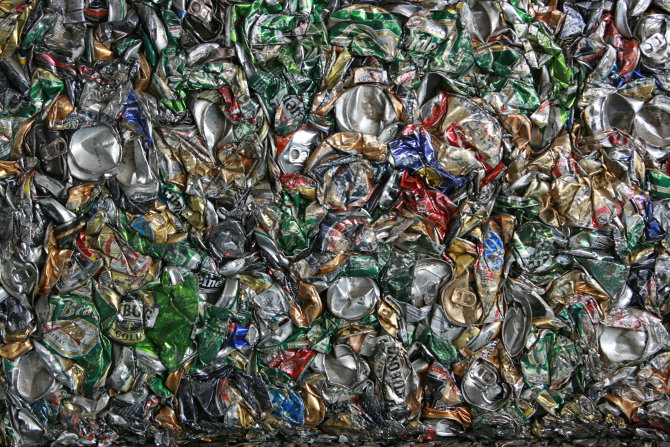The Role of Cellular Garbage in Skin Aging
Cells produce garbage. Surprised? Like animals, they take in nutrients and then excrete waste. This cellular garbage is a normal byproduct of metabolism.
It’s easy to eliminate the waste when the waste molecules are small. But when they are big, such as cross-linked proteins, they are difficult to eliminate. The cell must work hard to break down these large waste molecules through aggressive enzymes.
Sometimes the waste is so large and clumpy, it cannot be completely eliminated. This leftover waste sits around and accumulates with age.
The end result is an age pigment called lipofuscin. Lipofuscin deposits are yellow to brown spots. They are called age spots and often mistaken for freckles. It is also different from the spots that are due to sun (which is from melanin, a different pigment).
Lipofuscin begins to form early on in life, even before our teen years. It accelerates aging by interfering with important processes, such as cell repair and replication.
Free radicals promote the development of lipofuscin. So one way to reduce lipofuscin is to strengthen your antioxidant defenses against free radicals. Another way to reduce lipofuscin is to reduce stress, which activates free radicals in the body.

